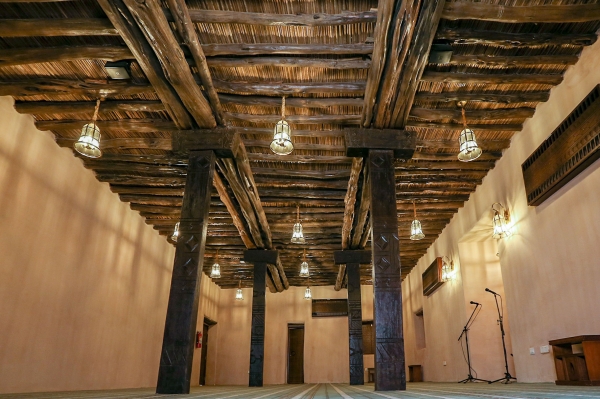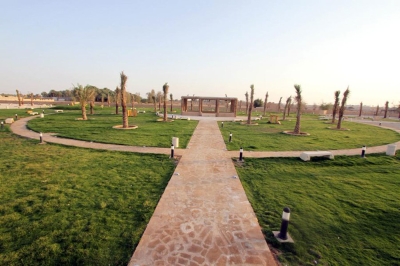

Al-Dhafir Heritage Village is one of the heritage villages in Al-Bahah Province, located southwest of the Kingdom of Saudi Arabia. It is situated southeast of Al-Bahah City and consists of a collection of small-sized heritage houses that are over four hundred years old.
Elements of Al-Dhafir Heritage Village
Al-Dhafir Heritage Village contains several old houses that were previously renovated. The village was home to the first formal school in the region, established in 1934 during the reign of Founding King Abdulaziz Bin Abdulrahman Al Saud. The school was called "al-Amiriya Primary School in Al-Dhafir." Most of the village's residents worked in agriculture.
The houses in Al-Dhafir Heritage Village are small in size and built from stone. They consist of closely spaced residential units, featuring several small windows primarily concentrated on the eastern side of the houses.
Design of Al-Dhafir Heritage Village
The houses in Al-Dhafir Heritage Village were designed in rectangular and square shapes to adapt to the environmental and natural conditions of the area. They serve as an example of traditional construction methods from that period. The village comprises four neighborhoods: Bani Asim Neighborhood, Al-Ghazbah Neighborhood, Al-Abdullah Neighborhood, and Al-Musa’adah Neighborhood. The houses vary in height, with some consisting of three to four floors, while others are single-story structures. A main road connects the village’s homes to the surrounding agricultural lands.
Naming of Al-Dhafir Heritage Village
The name "Al-Dhafir Heritage Village" is believed to be derived from its location on the crest of a hill extending from the northern part of Wadi Kub toward the northeast. The village was also known as "Emirate of Al-Dhafir" during the reign of King Abdulaziz and retained this name from 1934 until 1952.
Al-Dhafir Historical Mosque
In 2020, Al-Dhafir Historical Mosque was included in the Prince Mohammed Bin Salman Project for the Development of Historical Mosques. The mosque was built in the early Islamic period and served as a place for prayer, learning the Quran and Sunnah, as well as reading and writing. It is distinguished by its stone and block walls and concrete ceilings. The mosque covers an area of approximately 245 m² and can accommodate about eighty-eight worshippers. It consists of a prayer hall, with its ceiling supported by two round columns, an open courtyard, and a minaret that stands twenty-one m tall.
Related quizzes
Related articles
